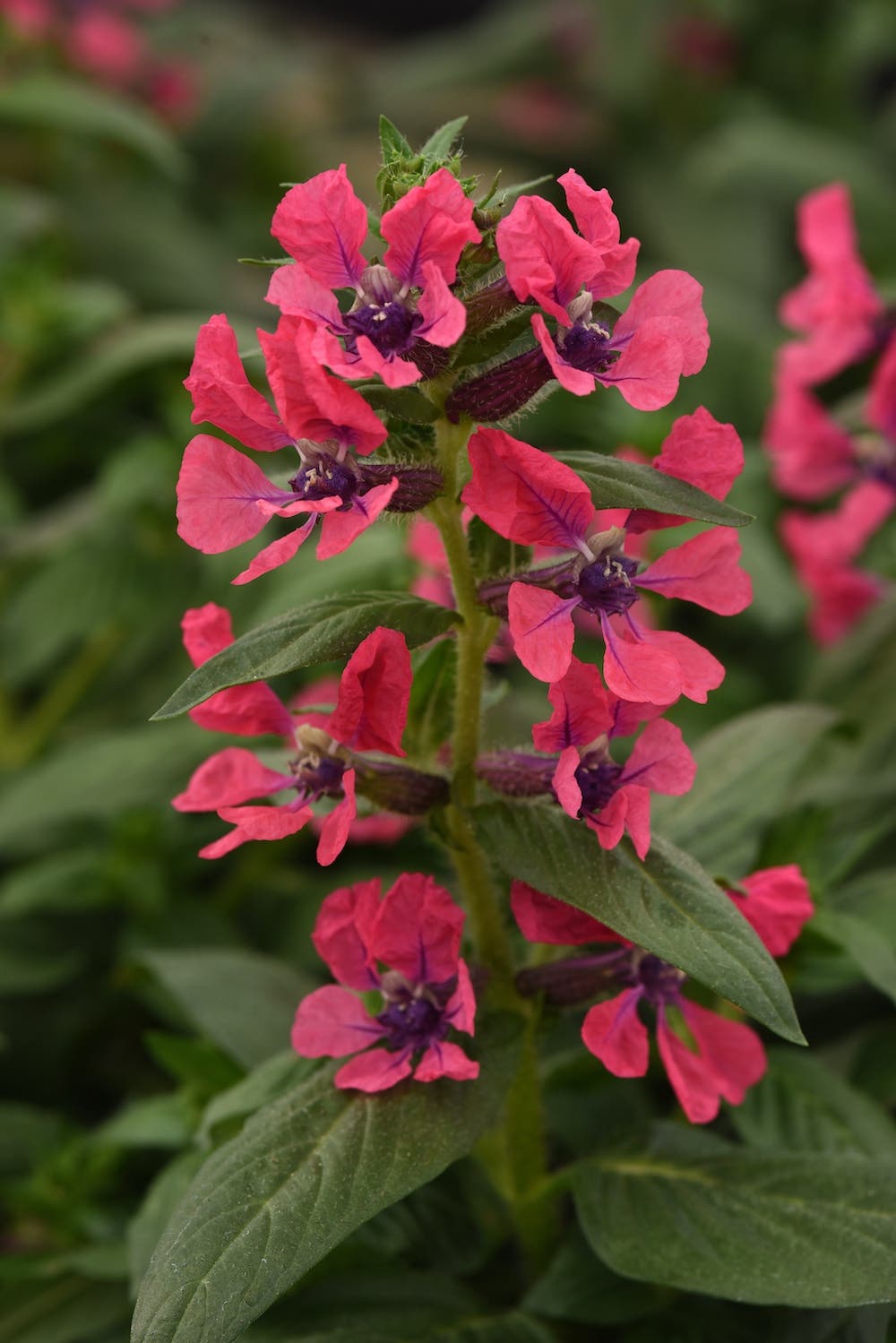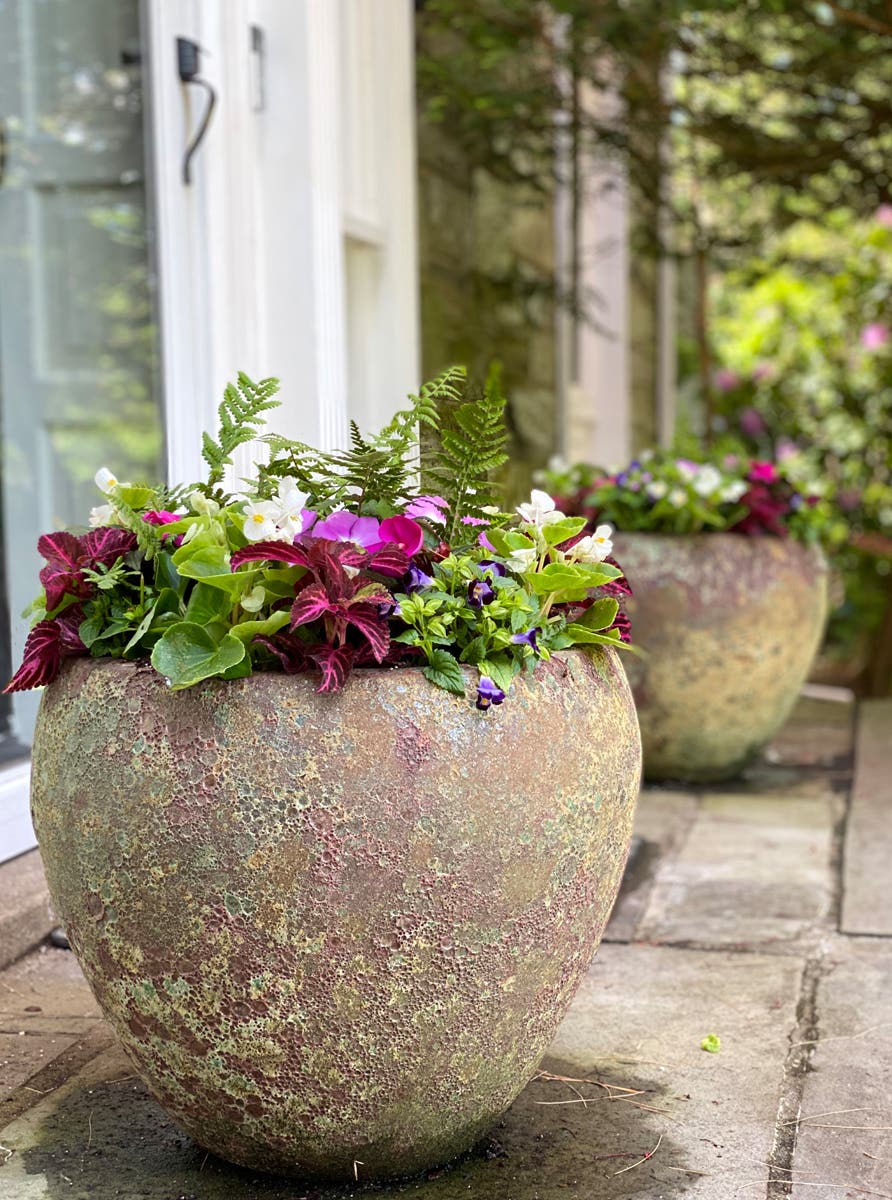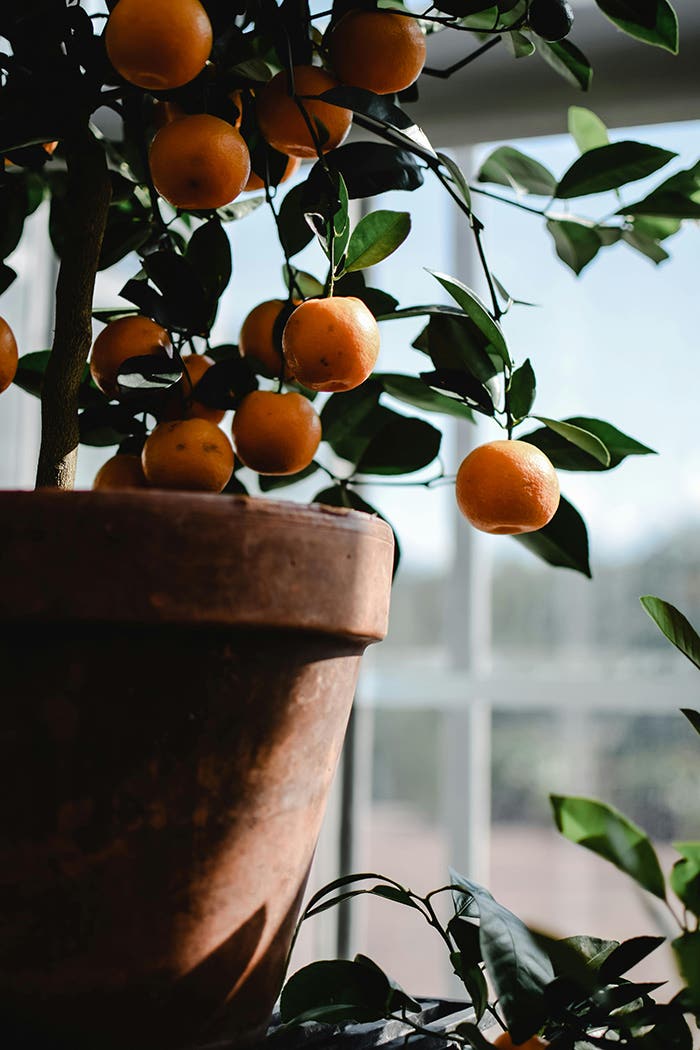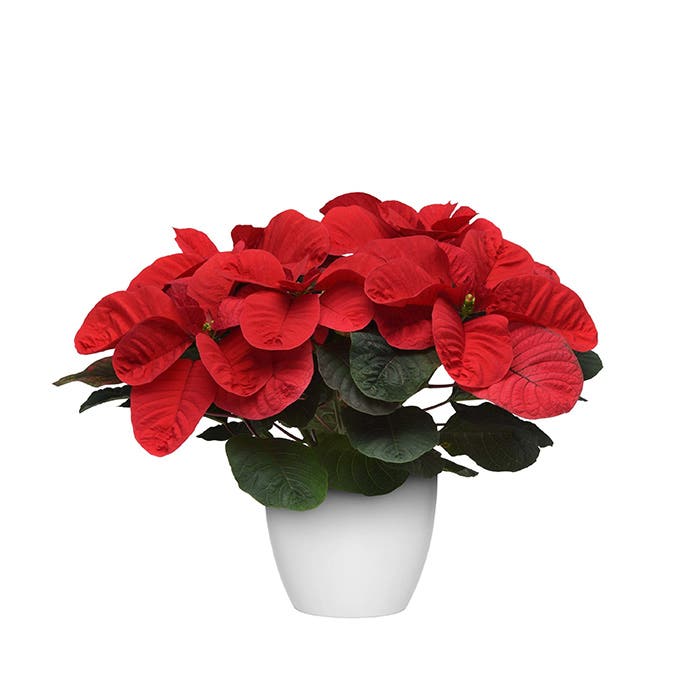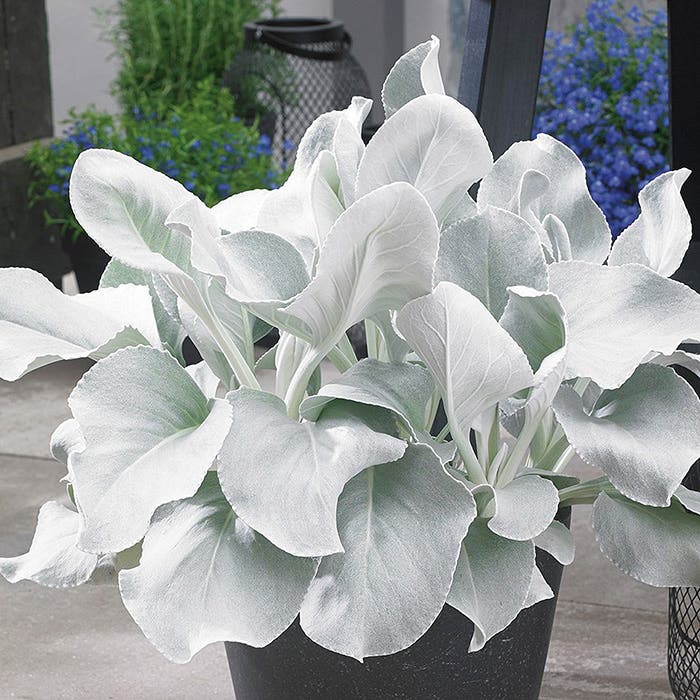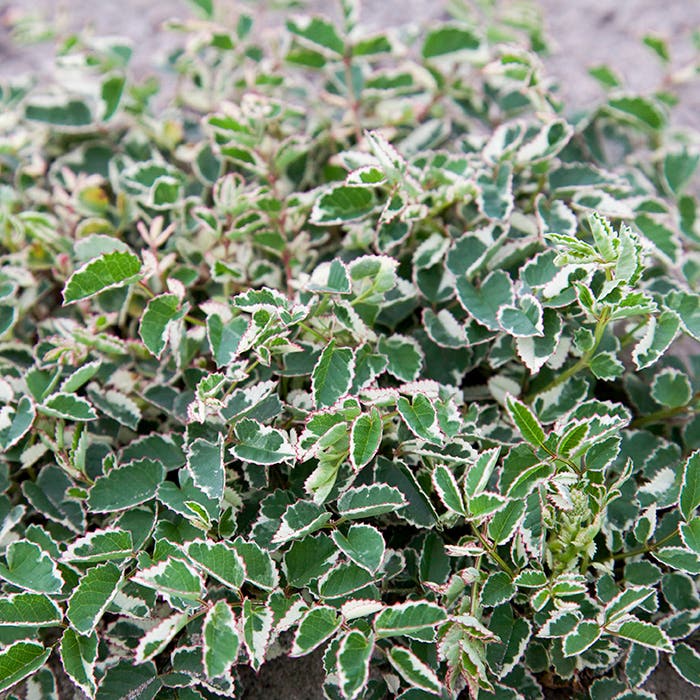I could make a pond, but they are never convincing when they are perched atop a hill, or worse, cantilevered off a steep slope. So to have water in the garden (actually, throughout the garden) I use all sorts of tanks, tubs, containers and jars, in which aquatic plants are growing. It surprises me that more gardeners aren't onto this trick, because it offers so much garden beauty, and opens a whole world of fascinating plants that otherwise simply couldn't be kept.
Unlike pots of bright annuals, or houseplants outdoors for their summer vacation, aquatic plants in containers can take care of themselves for weeks at a time, never requiring daily trips with a watering can. They are thus a boon to weekend gardeners, who can top up the containers with water just before Sunday's departure and expect to find thriving plants the following Friday night. For gardeners who stay put, containers can also provide a fascinating garden feature, whether near the tap or far from it. Water lilies in beautiful colors can be grown anywhere that a striking feature is needed, and stately variegated rushes can provide an emphatic vertical exclamation point at the corner of a terrace. Cyperus (often called papyrus) will thrive in a large tub near a swimming pool, their wheel-spoke leaves on long green stems suggesting coolness on the hottest day. Perhaps a gaggle of water hyacinths, with their fat podded leaves and their beautiful orchidlike spikes of mauve flowers, could be grown in a tub partly sunk in the perennial garden, where they would multiply almost before your eyes and bloom all summer. Quite tiny water gardens are possible, with a pot of Japanese sweet grass (Acorus gramineus) stood in a shallow bowl of pebbles and water. The miniature cultivar ‘Pusillus’ produces tufts of almost black-green grassy leaves only three inches tall, and there are many variegated-or gold-leaved forms only slightly taller. Even an acid-green skin of common duck weed in a large clay pot can be fascinating, and not just because it is the most rapidly reproducing green plant on Earth.
HEALTHY PLANTS
Aquatic plants divide into three rough categories. First are the plants that float on the surface of the water, such as water lettuce, duckweed, and water hyacinths. Then there are marginal plants, which grow at the edges of ponds and lakes. These include cyperus, various rushes, cattails, and Louisiana iris. They are best grown in pots partially sub-merged in water. Finally, there are plants that form their roots in the mud at the bottom of ponds and lakes, such as water lilies and lotus. Those seem to do best when planted in a layer of loam at the bottom of a large container filled with water. All three categories provide beautiful plants that are suitable for container culture, and in a very large container, plants from two or all three categories can be combined.
But with all categories, it is important to realize that no plant survives for long on pure water from the tap, which lacks all the essential nutrients and trace elements plants require. Some nutrients might be supplied by the earth in which roots are potted, but not much, especially since compost and commercial potting mixes should not be used (the humus putrefies and sours the water). Pure loam—on the poor side, actually, something like you would have made a mud pie with when a child—is best. But the happy fact about water gardening is mat nutrients can be added directly to the water in the form of any good water-soluble fertilizer, thereby increasing the size of plants while minimizing the amount of soil required to sustain them. However, fertilizers should be added in quite small amounts, a half to a quarter of the quantity recommended on the package for the approximate volume of water the container holds.
CROCKS, TUBS, AND POTS
The choice of container is up to the gardener's taste and his luck in the flea market. Almost anything that holds water—or can be made to do so—will serve, from the predictable half whiskey barrel to large ceramic crocks, antique copper boilers, weathered zinc-coated washtubs, or even large Asian pickle jars. Once you begin to have a passion for water gardening in containers, the containers tend to show up. You simply develop an eye for them. And if, after a while, you find yourself with quite a few, remember that several containers with complementary shapes or colors and varying heights can be grouped together, making both them and the plants they hold more attractive.
Unless you are growing quite small plants that are frequently under your eye, whatever container you choose should hold at least four or five gallons of water, remembering that some of it will be displaced by submerged pots of earth or a layer of soil on the bottom. Water will evaporate rapidly from containers that are too small, forfeiting the ease of maintenance that is one of the joys of water gardening, and also dehydrating the plants, sometimes beyond recovery. Also, obviously, the container must hold water, or be made to do so. Containers made of wood, such as whiskey barrels, will often leak at first until the wood swells and seals cracks. Fill wooden containers slowly over several days, adding a little more water each time until you reach the top. Unless they dry out again, they will be watertight.
To me, one of the most delightful containers for water plants is a very large terra-cotta flowerpot, maybe with a decorative rolled edge, or maybe—if you are feeling quite flush—an authentic terra-rosa one, such as are stood around old Italian terraces. Of course such pots will have a hole in the bottom that must be plugged up. The easiest way to do that is to put a wax candle end or votive candle in hot sun for an hour or two (or in the microwave for a second or two) until it is soft and malleable, and then squeeze it into the hole and flatten it off. Because terracotta pots always sweat a little water through their sides, mineral deposits, molds, and mosses quickly come to create a look of settled age.
Besides the plants themselves, another great delight of water gardening is that it attracts many creatures. They'll come to drink the water, skim across it, or take fluttery baths at its edge. Mosquitoes show up also, of course, but the remedy for them is simple. Throw in a common goldfish, the sort that is sold as food for carnivorous fish in pet stores. The goldfish will be grateful for being spared, and will eat the mosquito larvae. Do not feed it, or if so, only very lightly, because excess food added to the water will sour, killing the fish and possibly damaging the plants. Goldfish are perfectly winter hardy.


